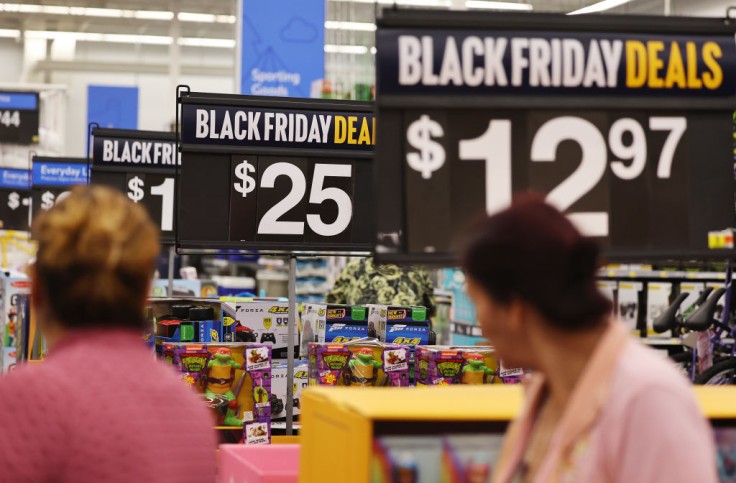
Black Friday has set a new benchmark for e-commerce spending, witnessing an extraordinary surge that propelled transactions to an unprecedented $9.8 billion in the U.S., as revealed by a comprehensive report from Adobe Analytics.
The remarkable 7.5% increase from the previous year indicates a seismic shift in consumer behavior. Eager to secure the best deals, consumers are increasingly turning to online platforms for their holiday shopping endeavors.
E-commerce Resurgence Fuels Black Friday Spending Spike
The surge in Black Friday spending, totaling a staggering $9.8 billion, is emblematic of a broader trend in the resurgence of e-commerce.
Consumers, driven by convenience and accessibility, contributed to a substantial 7.5% increase compared to the previous year.
This significant uptick underscores the evolving preferences of deal-conscious shoppers, emphasizing the allure of online platforms for securing the best Black Friday offers.
Amidst a competitive retail landscape, e-commerce has emerged as the primary battleground for retailers vying to capture the attention and spending power of consumers during this critical shopping season.
The ease of navigating online stores, coupled with the ability to compare prices and access exclusive deals, has firmly established e-commerce as the preferred destination for Black Friday enthusiasts.
Buy Now, Pay Later Surges Amidst Consumer Spending Frenzy
While consumer spending soared, a notable trend emerged in the form of the 'Buy Now, Pay Later' approach, gaining substantial traction among budget-conscious shoppers.
The Adobe survey revealed a remarkable 47% increase, with $79 million in sales utilizing this flexible payment method.
This surge in 'Buy Now, Pay Later' transactions reflects not only the desire to capitalize on Black Friday deals but also the strategic financial planning of consumers keen on managing their budgets effectively.
The 'Buy Now, Pay Later' phenomenon, which allows consumers to defer payment over time, has become a strategic tool for both retailers and consumers.
Retailers leverage this payment method to attract a broader audience, while consumers appreciate the flexibility it offers in stretching their budgets without compromising on the opportunity to indulge in Black Friday bargains.
Read Also: FDA Intensifies Efforts in WanaBana Recall as Lead Poisoning in Cinnamon Apple Purée Increases
Online Shopping Dominates Best Deals Across Categories
The Adobe report unveiled insightful details regarding the best-selling categories on Black Friday. Electronics, including smartwatches and televisions, alongside toys and gaming products, emerged as the top choices for consumers.
Intriguingly, home-repair tools underperformed, highlighting the direct correlation between consumer choices and the allure of the best discounts available.
This trend underscores the paramount importance for retailers to strategically position their offerings to align with consumer preferences.
As the holiday season progresses, retailers must remain agile in adapting their strategies to meet the evolving demands of consumers who prioritize the best deals in their online shopping experiences.
The momentum from Black Friday spilled over from Thanksgiving, where online sales reached an impressive $5.6 billion, according to a prior Adobe analysis.
This online shopping frenzy is projected to persist throughout the weekend and reach its zenith on Cyber Monday, with estimates suggesting a remarkable $10 billion in online spending over Saturday and Sunday, and a record-breaking $12 billion on Cyber Monday.
Despite the strong start to the holiday shopping season, Vivek Pandya, lead analyst at Adobe Digital Insights, anticipates a potential tapering off of spending as the season progresses.
He attributes this to the gradual weakening of discounts, a significant factor shaping consumer behavior during the early holiday rush.
However, Pandya suggests that latecomer gift-givers might continue to contribute to spending, trickling in late into December.